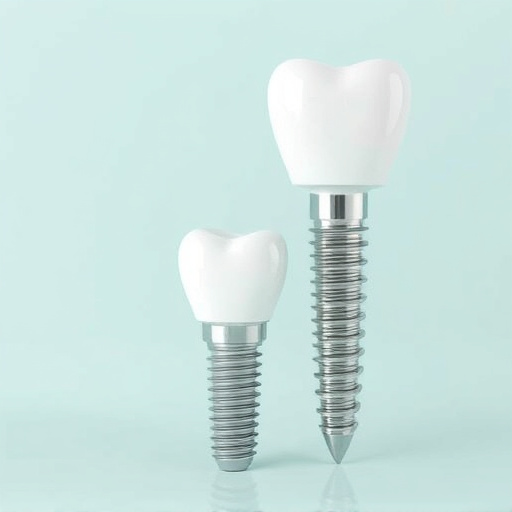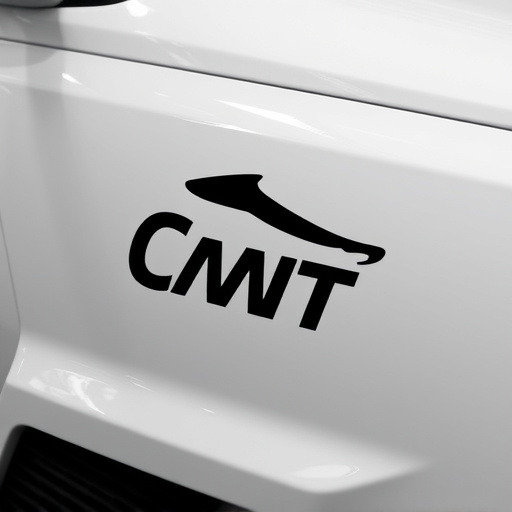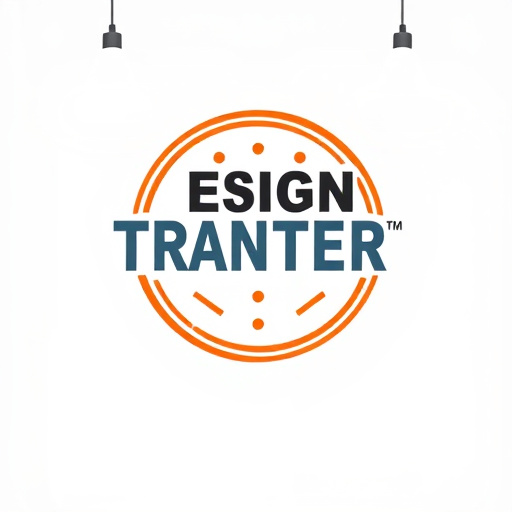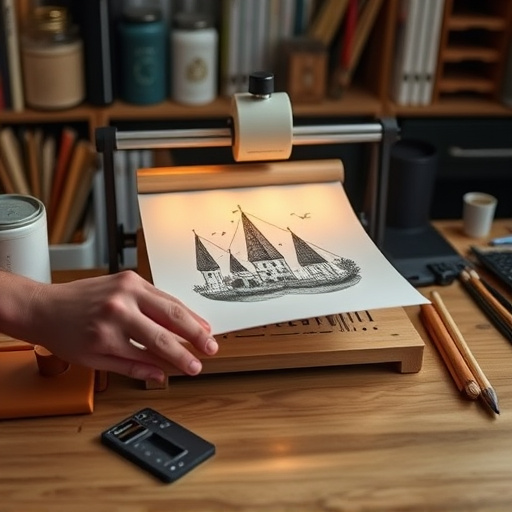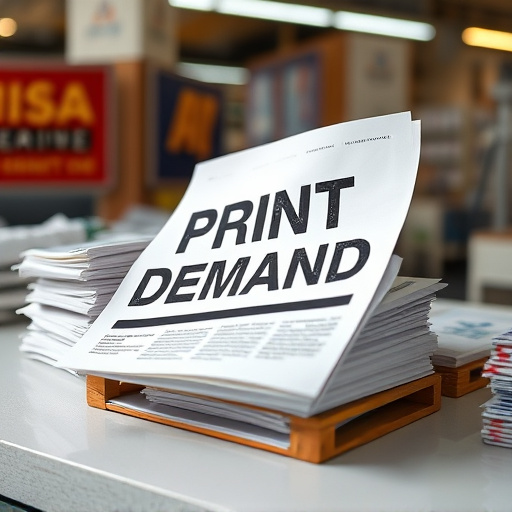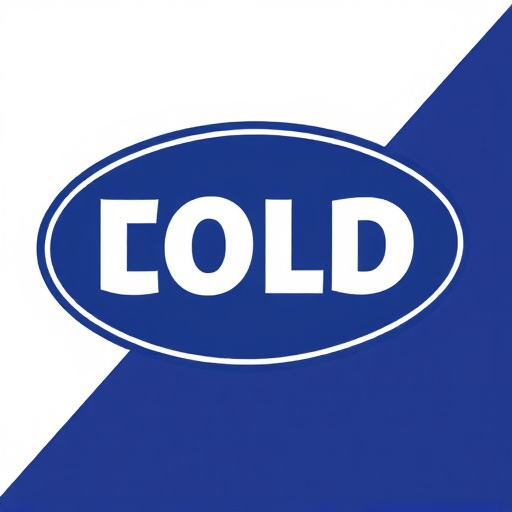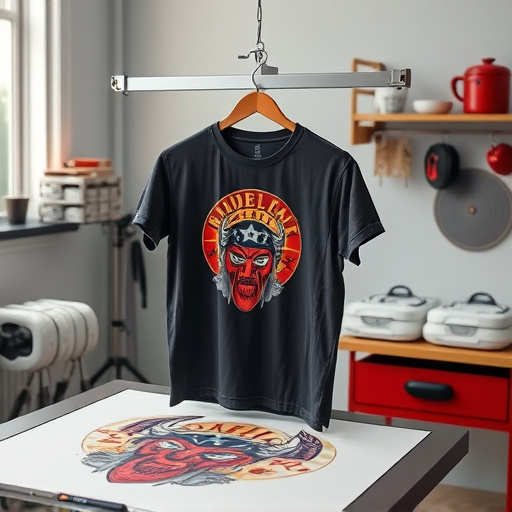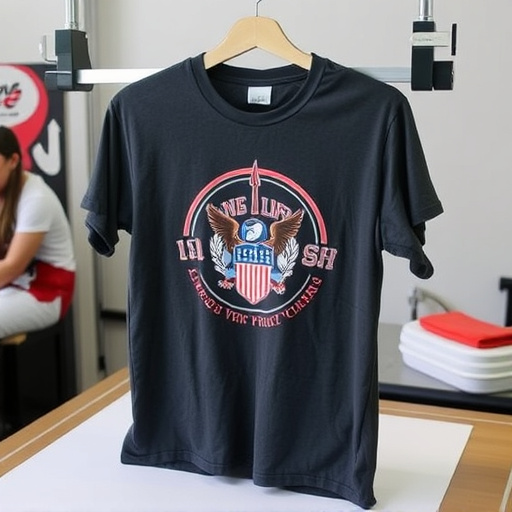DTF Durability (Direct-to-Film) is a cutting-edge method for creating long-lasting custom hoodies and apparel. By applying designs to film first, this process offers superior color fastness resistant to fading, peeling, or cracking. Using premium fabrics, high-quality inks, and precise construction techniques, DTF ensures optimal adhesion, wearability, and shape retention over time. Proper care, including mild detergent cleaning, storage away from sunlight, gentle folding, and low-heat ironing, is crucial for maintaining DTF prints' vibrancy and durability.
“Uncover the secrets of DTF durability with our comprehensive guide designed for beginners. Discover how DTF (Direct-to-Final) products excel in longevity and performance through strategic material selection and innovative construction techniques. Learn essential care and maintenance practices to ensure your DTF items remain robust and functional over time. From understanding the fundamentals to practical tips, this guide equips you with the knowledge to navigate the world of DTF durability.”
- Understanding DTF Durability: The Basics Explained
- Materials and Construction: Building for Longevity
- Care and Maintenance: Ensuring Lasting Performance
Understanding DTF Durability: The Basics Explained

Understanding DTF Durability: The Basics Explained
DTF Durability, or Direct-to-Film Durability, is a revolutionary process that enhances the longevity and vibrancy of personalized hoodies and apparel. This cutting-edge technique involves applying designs directly onto the film before it’s transferred to the garment, ensuring superior color fastness and resistance to fading, peeling, or cracking over time. It’s more than just a printing method; it’s a promise of durability that allows your favorite designs to maintain their vividness even under rigorous wear and wash cycles.
This technology is particularly advantageous for those who invest in custom hoodies, as it offers an unparalleled level of quality control. Whether you’re looking to create direct to film personalized hoodies or simply understand the benefits of DTF transfer, grasping the basics of DTF durability empowers you to make informed decisions about your apparel choices. By choosing this method, you’re securing a product that’s built to last, saving you time and money in the long run.
Materials and Construction: Building for Longevity

When crafting a DTF (Direct to Fabric) product, such as custom t-shirts or apparel, understanding materials and construction is key to ensuring its longevity. The fabric itself plays a significant role in the durability of the final piece. Premium materials like cotton or polyester blends offer not only comfort but also enhanced wearability, resisting fading, tearing, and pilling over time. High-quality inks and adhesives used in the DTF process further contribute to the garment’s overall durability by ensuring that designs remain vibrant and intact even with frequent washing.
Constructing a DTF item involves precise techniques that impact its durability. Expert artisans meticulously prepare the fabric surface before applying the design, ensuring optimal adhesion. The cutting and stitching processes are also crucial; precision-cut lines and reinforced stitches prevent unraveling and maintain the shape of the garment. This attention to detail in materials selection and construction methods guarantees that DTF products can withstand regular wear and washing, making them a reliable choice for those seeking long-lasting apparel.
Care and Maintenance: Ensuring Lasting Performance
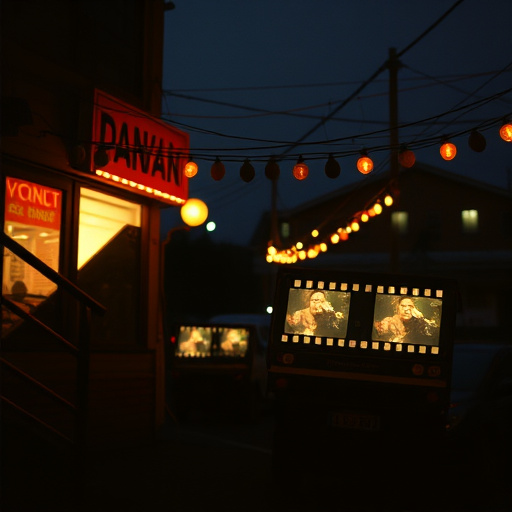
Caring for and maintaining your DTF (Direct to Fabric) prints is essential to ensure their longevity and maintain the high-quality finish. Regular cleaning is a fundamental aspect of DTF durability. Wash your printed t-shirts inside out in cold water with a mild detergent to protect the design and prevent fading or damage. Avoid using bleach or fabric softeners, as they can weaken the bonds of the dtf for t-shirts transfer and reduce its durability.
Proper storage is another critical factor. Keep your DTF transfers away from direct sunlight and heat sources, such as radiators or heaters, which can cause the colors to fade faster. Fold them gently and store them in a cool, dry place. Additionally, ironing should be done with caution; use a low-heat setting and avoid direct contact with the print to prevent damage. By implementing these simple care and maintenance practices, you’ll ensure that your DTF transfers maintain their vibrant colors, crisp lines, and overall durability for years to come.
DTF durability is not just about selecting robust materials and construction techniques; it’s also about proper care and maintenance. By understanding these key aspects, you can ensure that your products or structures stand the test of time, providing lasting performance and value for years to come. Incorporating best practices in DTF durability is a game-changer, revolutionizing how we think about long-lasting solutions in today’s fast-paced world.


